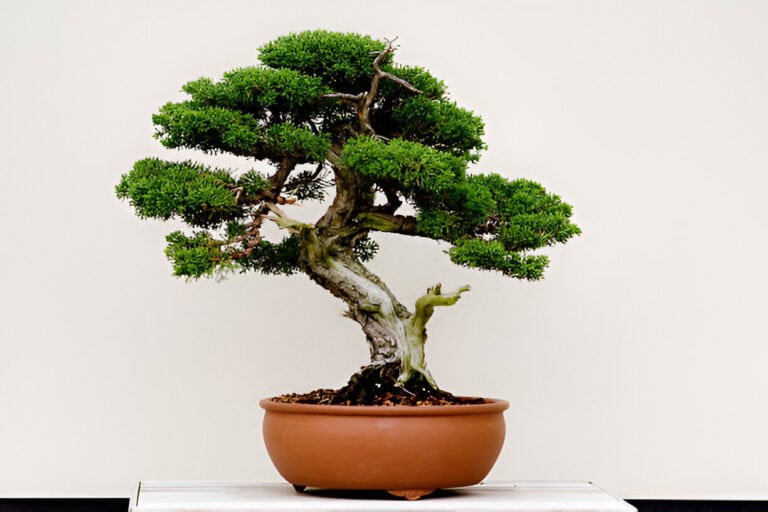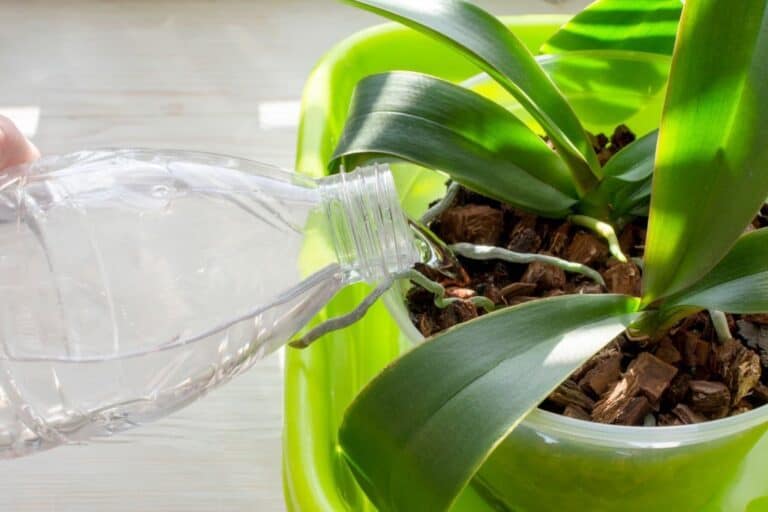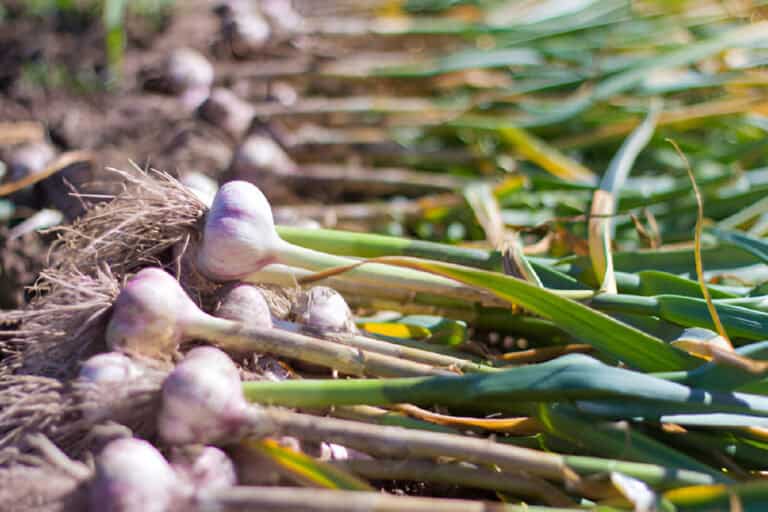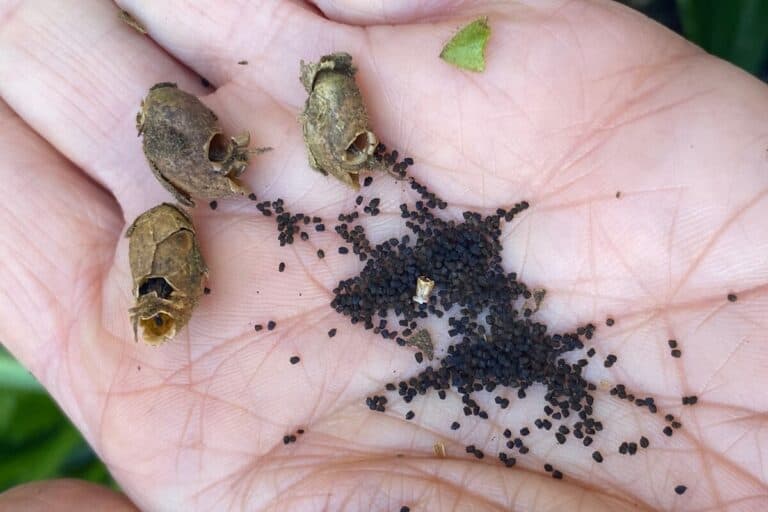Acorn Squash Stages of Growth: Understanding the Growth Process

Acorn squash is a popular winter squash variety that is widely cultivated for its sweet and nutty flavor. It is a versatile vegetable that can be roasted, baked, steamed, or pureed, making it a staple in many kitchens. The growth stages are an important factor in determining the quality and yield of acorn squash crop.
In this exploration of the Acorn Squash Stages of Growth, we’ll unravel the secrets of germination, witness the sprouting of those first leaves, and marvel at the flourishing vines that follow. Join me on this botanical adventure as we demystify the growth process, uncovering the hidden wonders beneath the soil and the science behind each stage.
Whether you’re a seasoned gardener or just getting your hands dirty for the first time, get ready to be amazed by the incredible journey of acorn squashes from seed to savory
Acorn Squash Overview
Acorn squash is a winter squash that belongs to the Cucurbitaceae family. It is a popular vegetable due to its sweet, nutty flavor and versatility in cooking. Acorn squash is rich in vitamins A and C, potassium, and fiber, making it a healthy addition to any diet.
Acorn squash grows on a vine and has a green, ribbed exterior. As it matures, the skin turns a deep green color and hardens. The interior of the squash is bright orange and contains seeds that are usually removed before cooking.
The growth stages of acorn squash are divided into seven phases: seed germination, seedling development, vegetative growth, pollination and fruit set, fruit development, harvesting, and post-harvest stages.
During the vegetative growth stage, the plant produces leaves and stems. The flowering stage is when the plant produces male and female flowers, which are necessary for pollination. The fruiting stage is when the acorn squash begins to grow and mature.
Acorn squash typically takes 80–100 days to mature, depending on the growing conditions. It is important to harvest the squash at the right time to ensure the best flavor and texture. A ripe acorn squash will have a hard, deep green skin and a hollow sound when tapped.
Acorn Squash Stages of Growth

Understanding the growth process of acorn squash involves recognizing distinct stages, each contributing to the development of this versatile vegetable. Initially, a tiny seed sprouts into a delicate seedling, showcasing its potential. As the days pass, the seedling gains strength, developing its first set of true leaves. This marks the establishment of a sturdy foundation for future growth.
The acorn squash plant enters the vegetative stage as it ages, which is characterized by vigorous leaf and vine expansion. During this phase, the plant focuses on building the resources needed to support fruit production.
Subsequently, the transition to the flowering stage occurs, where vibrant yellow blossoms emerge, signaling the plant’s readiness to produce acorn squash. Each blossom holds the promise of a future harvest, representing the pinnacle of the growth journey.
In the final stage, the plant directs its energy towards fruit development, transforming blossoms into small green acorns. These acorns gradually mature, transitioning from green to their characteristic orange hue. This transformation signifies the completion of the growth life cycle of acorn squash. It is culminating in the harvest-ready acorn squash—ready to grace our tables with its rich flavor and nutritional goodness.
To visualize the stages of acorn squash growth, refer to the table below:
| Stage | Description |
| Seed Germination | A tiny seed sprouts into a delicate seedling |
| Seedling Development | The seedling will develop its first set of leaves and establish its root |
| Vegetative Growth | Vigorous leaf and vine expansion, building resources for fruiting |
| Pollination and Fruit Set | Pollination occurs when pollen from the male flower is transferred to the stigma of the female flower. As a result, fruit sets on acorn squash plants. |
| Fruit Development | Vibrant yellow blossoms emerge, signaling readiness for fruit production |
| Harvesting | Acorn squash is typically ready to harvest around 80–100 days after planting. |
| Post Harvesting | The final stages of curing and storing. Acorn squash can be stored for up to 3 months if kept in optimal conditions. |
1. Seed Germination
Preparation and Planting
Before planting acorn squash seeds, it is important to choose a suitable location with well-draining soil and full sun exposure. The soil should be prepared by removing any debris and loosening it to a depth of at least 12 inches.
Acorn squash seeds should be planted in the spring after the last frost. The seeds should be planted 1 inch deep and spaced 3–4 feet apart. It is recommended to plant 3–4 seeds per hill and then thin the strongest plant after germination.
| Related: How Far Apart to Grow Acorn Squash? |
Germination Process
Acorn squash seeds typically take 7–14 days to germinate. During this time, the seed will absorb moisture and begin to grow a root system. The optimal temperature for germination is between 65 and 85°F.
Once the seed has germinated, it will begin to grow a stem and leaves. It is important to keep the soil moist during this stage of growth to ensure the plant has enough water to continue to develop.
2. Seedling Development
Initial Growth
Acorn squash plants begin their life cycle as small seeds that are planted in soil. After a few days, the seeds will germinate and begin the initial stage of growth. During this stage, the seedling will develop its first set of leaves and establish its root system.
The initial growth stage is crucial for the plant’s development as it sets the foundation for its future growth. The seedling will require proper care and attention, including adequate water, sunlight, and nutrients, to ensure healthy growth.
Leaf Formation
As the seedling continues to grow, it will begin to develop more leaves. The leaves play a crucial role in the plant’s growth as they help produce food through photosynthesis. The leaves also help to regulate the plant’s temperature and conserve water.
During the leaf formation stage, make sure that the plant is receiving enough sunlight and nutrients to support healthy growth. If you take good care of the plant at this stage, it will build a strong, healthy root system that is important for its future growth.
3. Vegetative Stage
During the vegetative stage, the acorn squash plant focuses on developing a strong root system and growing its vines. This stage begins when the seed germinates and lasts until the plant starts to produce flowers.
Vine Growth
One of the main goals of the vegetative stage is to establish a strong and healthy vine system. The plant will produce several lateral vines that grow outward from the main stem. These vines will continue to grow and produce leaves, which are essential for photosynthesis and the production of energy for the plant.
As the vines grow, they will also produce tendrils, which allow the plant to climb and support itself. The vines will continue to grow until the plant reaches maturity, at which point they will begin to die back.
Flower Development
Towards the end of the vegetative stage, the acorn squash plant will begin to produce flowers. These flowers are essential for pollination and the production of fruit. The flowers are typically yellow or orange in color and are produced on the lateral vines.
During this stage, it is important to ensure that the plant is receiving enough water and nutrients to support healthy growth and flower production. With proper care, the acorn squash plant will continue to develop and eventually produce fruit.
4. Pollination and Fruit Set
Pollination Mechanics
Acorn squash plants are monoecious, meaning they have separate male and female flowers on the same plant. Male flowers appear first and produce pollen, while female flowers have a small fruit attached to the base of the flower. Pollination occurs when pollen from the male flower is transferred to the stigma of the female flower.
Pollination in acorn squash plants can occur through self-pollination or cross-pollination. Self-pollination occurs when the pollen from the male flower is transferred to the stigma of the same plant’s female flower. Cross-pollination occurs when the pollen from the male flower is transferred to the stigma of a different plant’s female flower.
Fruit Set Factors
Several factors can affect the fruit set of acorn squash plants. One of the most important factors is adequate pollination. If pollination is inadequate, the fruit may not develop properly and may fall off the plant prematurely.
Other factors that can affect fruit set include temperature, humidity, and soil moisture. Acorn squash plants prefer warm temperatures and high humidity, but excessive heat or humidity can cause the flowers to drop off before pollination can occur. Inadequate soil moisture can also cause the flowers to drop off prematurely.
5. Fruit Development
Early Fruit Growth
Acorn squash fruit development begins after the pollination of the female flowers. At this stage, the fruit is small and green, and it grows rapidly. During this phase, the fruit’s size and weight increase significantly, and the skin becomes smoother.
As the fruit grows, the seeds inside it also develop. The seeds will eventually fill the entire cavity of the fruit. During this stage, the fruit requires plenty of water and nutrients to support its growth.
Maturation
As the fruit continues to grow, it enters the maturation stage. At this point, the fruit’s skin changes from green to a deep green or orange color. The skin also becomes tougher and more resistant to damage.
The flesh of the fruit also changes during this stage. It becomes sweeter and more flavorful, and the texture becomes softer and creamier. The seeds inside the fruit become fully developed and are ready for harvesting.
At this stage, the acorn squash fruit is ripe inside and ready for harvesting. However, if left on the vine for too long, the fruit may become overripe and lose its flavor and texture. It is important to harvest the fruit at the right time to ensure the best quality and flavor.
6. Harvesting
Timing
Acorn squash is typically ready to harvest around 80–100 days after planting. The squash should be a dark green color and have a hard, tough rind. The stem should appear dry and brown. If the stem is still green, it is best to wait a few more days before harvesting.
Harvesting Techniques
When harvesting acorn squash, it is important not to damage the stem or the squash itself. It is recommended to use a sharp knife or pruning shears to cut the squash from the stem. Be sure to leave a few inches of stem attached to the squash. This will help prolong the shelf life of the squash.
After harvesting, it is important to cure the squash before storing it. To do this, place the squash in a dry, warm area for 10–14 days. This will help the squash develop a hard rind and improve its flavor.
7. Post-Harvest Handling
Curing

Acorn squash should be cured after harvesting to allow for proper storage and to enhance flavor. Curing involves keeping the squash in a warm and dry location for about 10 days. During this time, the skin will harden, and the taste and flavor will become more intense.
To cure acorn squash, first remove any excess dirt and debris from the surface. Next, place the squash in a single layer in a warm and dry location, such as a sunny windowsill or a dry shed. The temperature should be between 70 and 80°F with low humidity. Turn the squash every few days to ensure even curing.
After the curing period, the squash should be stored in a cool, dry, and dark location to prevent spoilage.
| Also see: Does Acorn Squash Taste Like Pumpkin? |
Storage
Proper storage is important to ensure the longevity and quality of acorn squash. After curing, the squash should be stored in a cool and dry location with good air circulation. The ideal temperature for storage is between 50 and 55°F with low humidity.
Acorn squash can be stored for up to 3 months if kept in optimal conditions. However, it is important to regularly inspect the squash for any signs of spoilage, such as soft spots or mold. Any spoiled squash should be removed immediately to prevent further contamination.
Will Your Acorn Squash Ripen After It’s Picked?
Yes, acorn squash will continue to ripen off after picked, but it should be mostly ripened when harvested. The skin of a ripe acorn squash will be dull and firm, and the stem will be brown and dry. The easiest way to test if an acorn squash is ripe is to press your fingernail into the skin of the squash gently, and if the squash has tough skin and does not penetrate easily, it is ripe.
However, acorn squash will not ripen off the vine, so it should be harvested when it is ripe. If you are storing acorn squash, it should be kept in a cool, dry place and can last for up to three to five months after harvesting.






